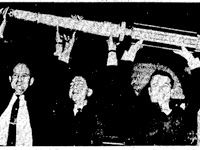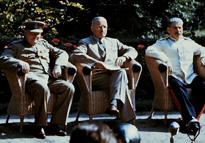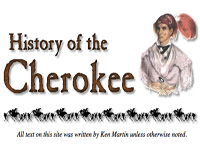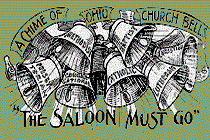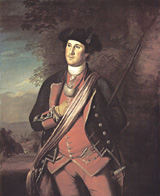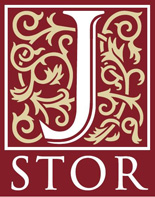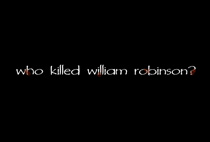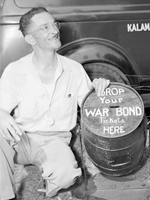Worklore: Brooklyn Workers Speak
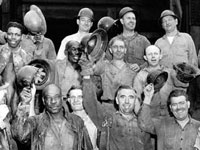
This site explores the work lives of Brooklynites (historic and present) as they made their living in the borough. The site has four main sections: Confronting Racial Bias documents discrimination in the workplace; Women Breaking Barriers examines the ways in which women's work roles changed over the decades; Seeking a Better Life takes a look at the issues facing new immigrants; and Changes in the Workplace discusses challenges such as unemployment and job displacement.
Each section contains an approximately 2,000-word article on its respective topic, photographs, and audio files of people speaking about their various vocations. The site also includes eight help wanted advertisements from the 1850s, 1860s, 1920s, and 1930s.
Visitors should not miss the interactive feature Can You Make Ends Meet?, where they can pick one of four vocations, and see if they can stretch their salary out to adequately include housing, transportation, and entertainment.
Telling Your Story allows visitors to share their own recollections of Brooklyn life. The site includes few primary sources, but the personal stories of Brooklyn workers may be useful to students, teachers, or researchers.
